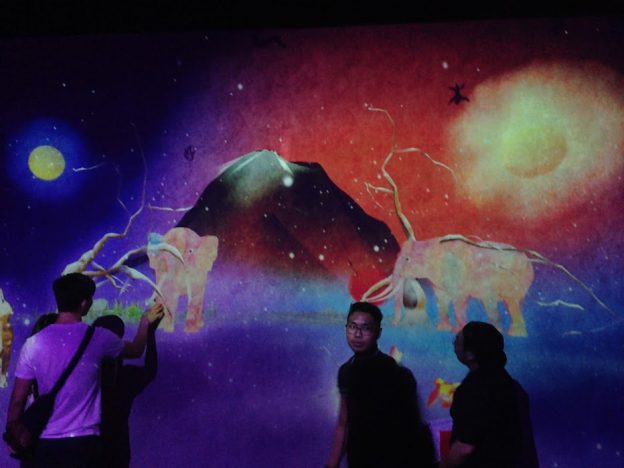Find 3 examples of a product/project that you think are good examples of thoughtfully designed user experience. Be prepared to support your choices.
- MEMO — Medication Memory
MEMO is a simple approach to turn daily medication into a more pleasant experience, using light, motion and sound as guidance. It finds a good balance between having proper medication on time, maintaining an independent life and also de-stigmatise as a medical device with thoughtful user experience, integrating into daily life.
MEMO also notifies relatives in case the person did not take his/her medication through an app; allowing them to keep track and intervene in cases of emergency.
2. Paper Planes World
https://paperplanes.world/
an experiment that seeks to bring people together by sending digital paper plane(s) around the world, strangely giving users some sense of connectivity in this digital world.
One of the best multi-platforms and mobile-compatible project; the developers and designers looked into many aspects and enhanced user experience with its tilt sensor function, fullscreen, multi-touch, vibration, sound. The experience is quite calming and doesn’t drown one in an overflow of information. It also gets strangely addictive after a while of folding planes, catching others’, feeling connected and throwing it out again.
3.
